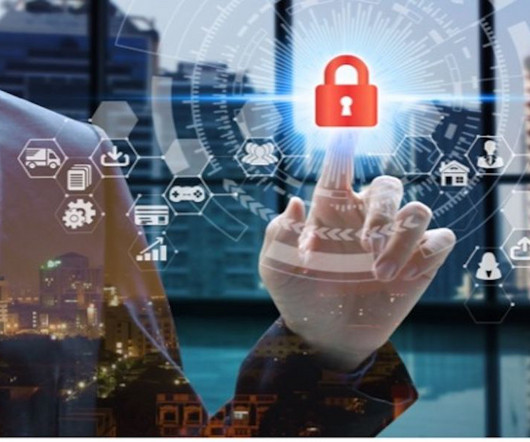Year in Review: Key Trends in Critical Event Management
everbridge
DECEMBER 19, 2023
Cybersecurity solutions increasingly harnessed these technologies to analyze extensive data, detect anomalies, and automate incident response, leading to quicker and more precise threat identification and mitigation. These forecasts facilitated efficient evacuation plans and substantially reduced the loss of life during hurricanes and floods.






















Let's personalize your content